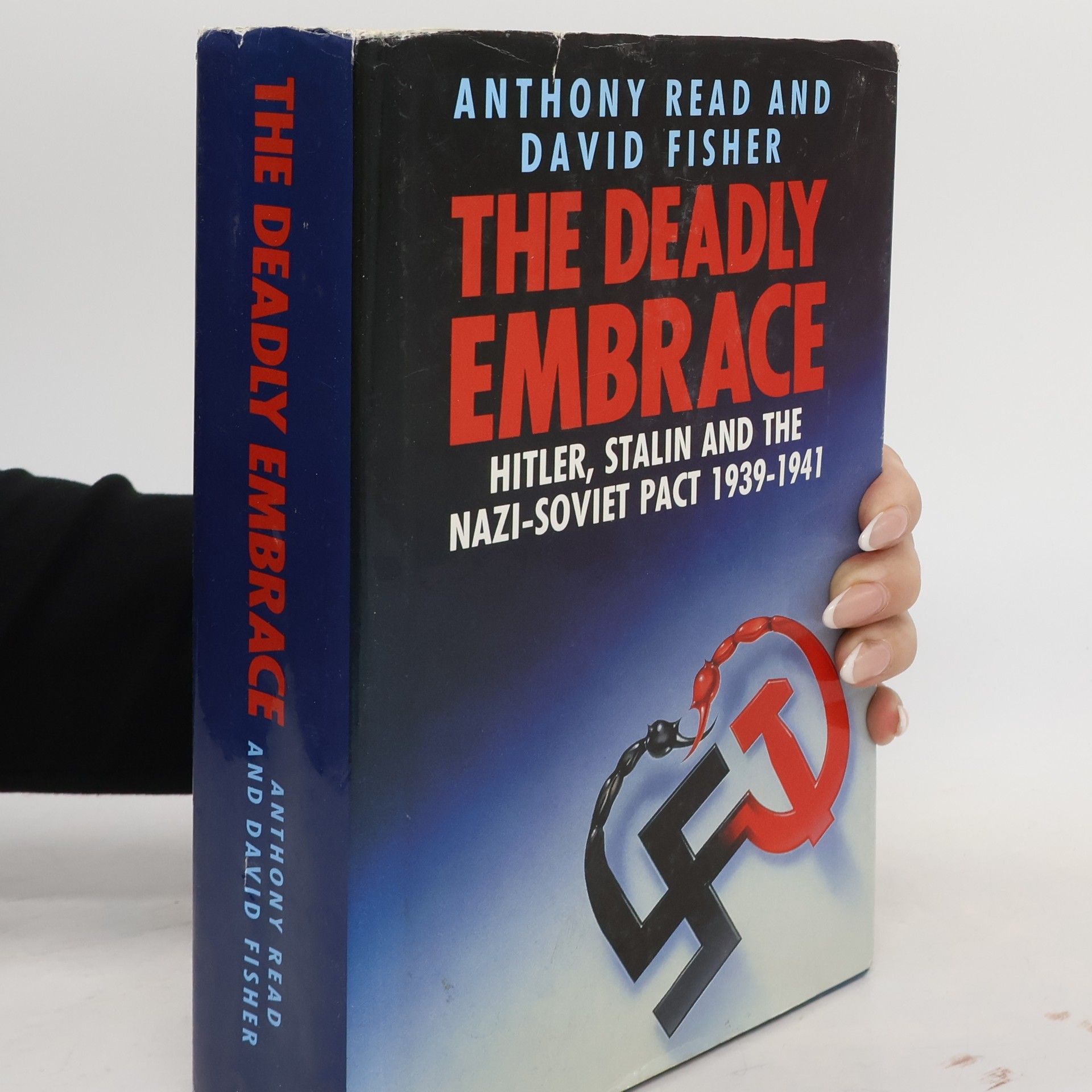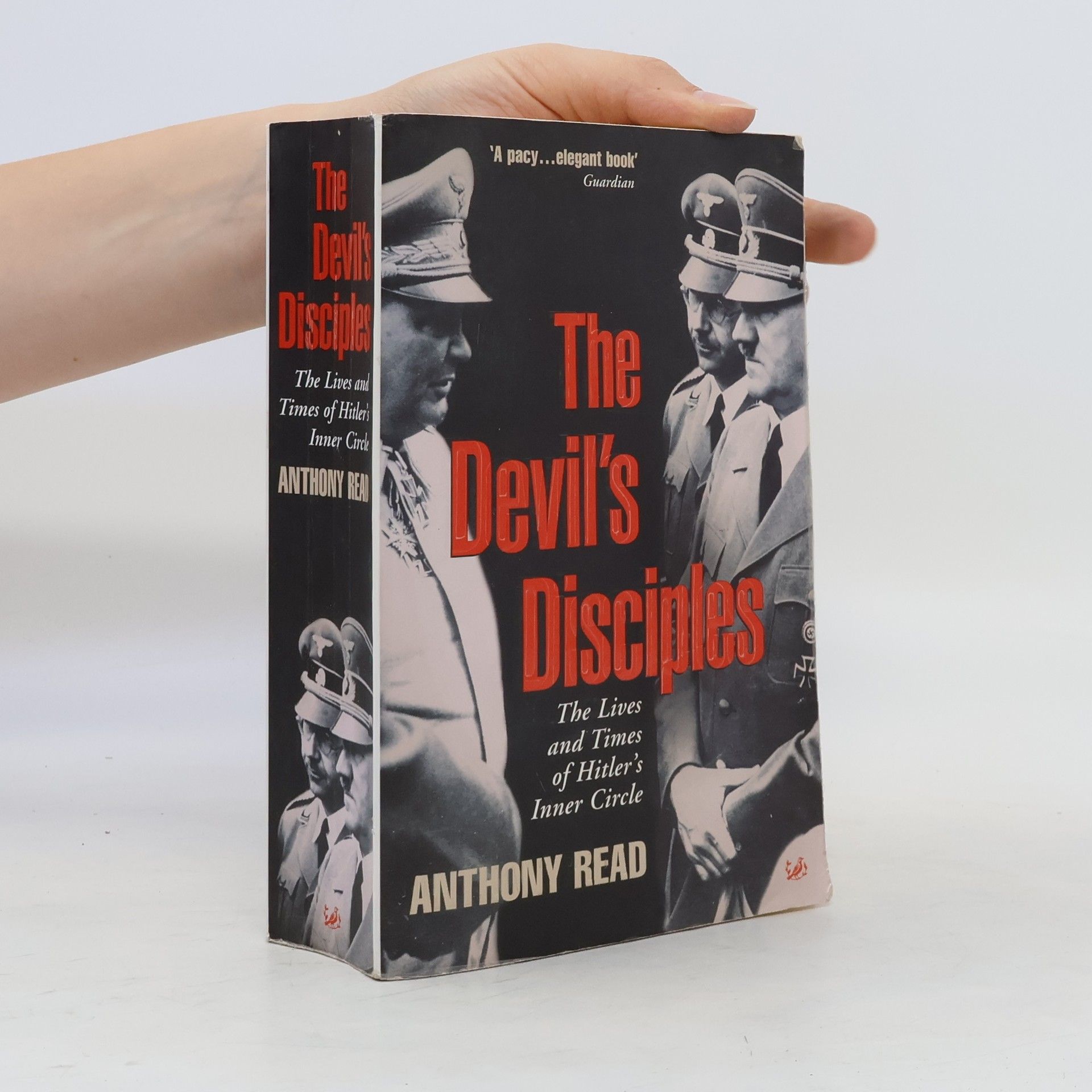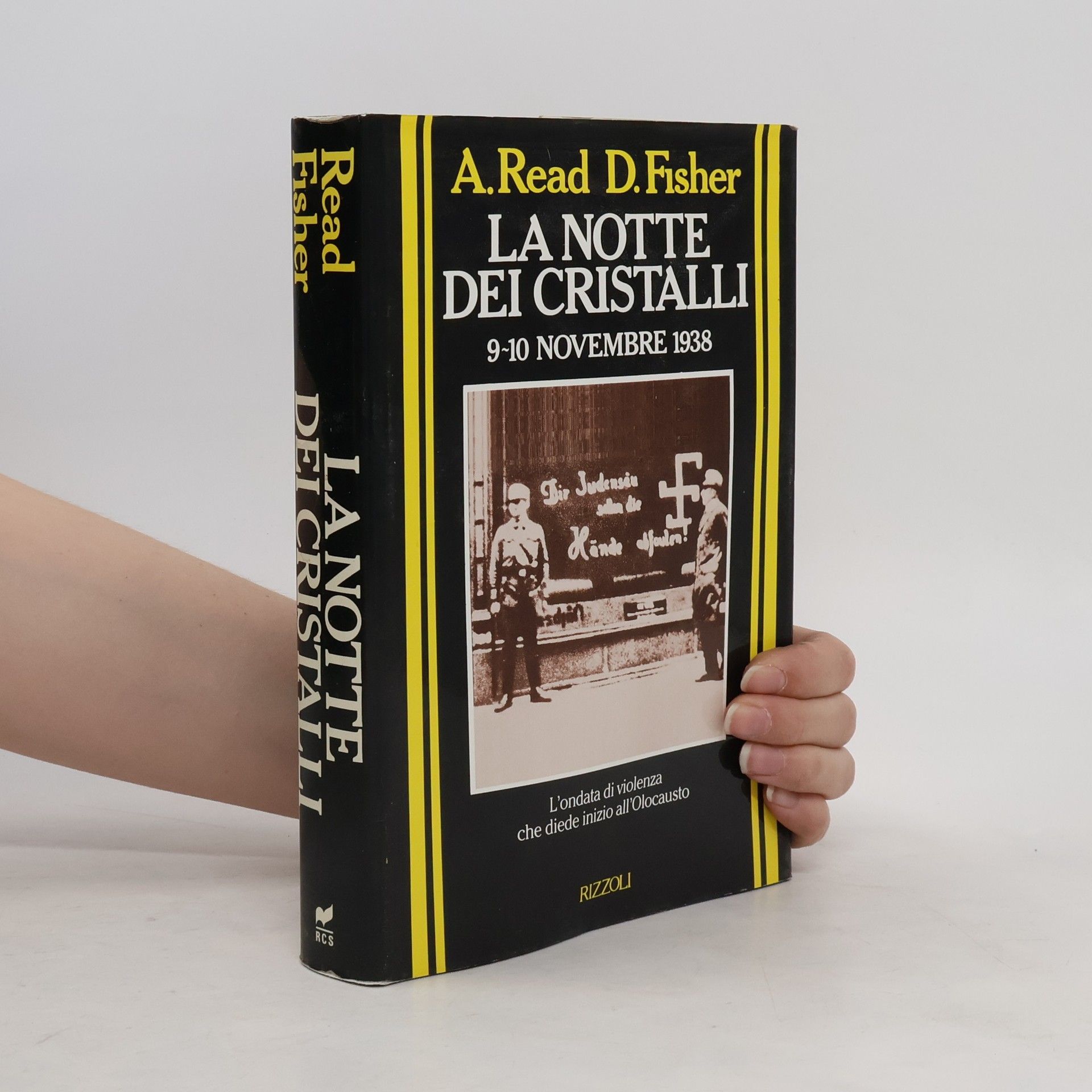Bei dem ersten großen Fall der Baker Street Boys kann Sherlock Holmes persönlich von Glück sagen, dass es sie gibt – und eine weitere bedeutende Persönlichkeit nicht weniger. Sherlock Holmes löst auch die kniffligsten Fälle. Aber selbst er kann seine Augen und Ohren nicht überall haben. Was wäre er ohne seine Baker Street Boys unter ihrem Anführer Wiggins, der mit seinem Scharfsinn schon fast an den Meisterdetektiv heranreicht? Die sieben Boys – darunter drei couragierte Mädchen – haben ihr geheimes Hauptquartier in einem Keller im Hinterhof der Baker Street. Hier findet sie keiner, sie aber verfolgen unauffällig viele Spuren, wenn der große Detektiv wieder einen Auftrag für sie hat. Diesmal sollen sie einen Mann beschatten. Alles läuft wie gewünscht, bis sich der Mann am Ende einer Sackgasse buchstäblich in Luft auflöst. Aber noch alarmierender ist, dass kurze Zeit später auch Sherlock Holmes verschwindet.
Anthony Read Book order
This author focused primarily on British television drama from the 1960s through the mid-1980s, though he contributed to televised productions occasionally until 1999. In the 1980s, he launched a second career as a print author, largely concentrating on World War II histories. Since 2004, he has regularly written prose fiction, mainly in the form of a revival of his popular 1983 television show, The Baker Street Boys.







- 2013
- 2010
Rare Book
- 2009
Jedermann im Hause der reichen Lady Montjoy ist davon überzeugt, dass Polly, das jüngste Dienstmädchen, die Juwelen ihrer Herrin gestohlen hat. Nicht so die Baker Street Boys, die die verzweifelte Polly bei sich aufgenommen haben. Wiggins lässt sich diesmal etwas besonders Raffiniertes einfallen, um die Wahrheit an den Tag zu bringen. Es sieht so aus, als ob alle im Hause Montjoy etwas zu verbergen hätten … A nthony Reads erstklassige Krimi- Serie verbindet authentisch englisches Lokalkolorit mit originellen Charakteren, einfallsreicher Handlung und viel Spannung.
- 2008
Der dritte Fall der Baker Street Boys führt mitten hinein in die mörderischen Intrigen rund um den Herrscher des kleinen indischen Reiches Ranjipur. Anthony Read verbindet in seiner erstklassigen Krimi-Serie spannende Handlung mit originellen Charakteren und viel gruseliger Stimmung. In einer Szene im Wachsfigurenkabinett der Madame Dupont sehen die Baker Street Boys den funkelnden Rubin zum ersten Mal. Der Raja von Ranjipur überreicht ihn Ihrer Majestät, Queen Victoria. Noch ist das Zukunft. Die Boys ahnen nicht, dass sie wenig später die Gelegenheit bekommen werden, Ravi, dem Sohn des indischen Herrschers, das Leben zu retten. Und schon sind sie in die gefährlichsten Machenschaften verstrickt. Zwei Morde geben Rätsel auf. Hat eine Sekte die Hand im Spiel? Und wie passt der wertvolle Rubin ins Bild?
- 2008
Alarmstufe eins! Blumenmädchen verschwunden! Die Baker Street Boys verfolgen unter Lebensgefahr eine heiße Spur ins chinesische Stadtviertel Limehouse. In diesem spannenden und unheimlich exotischen vierten Band der Krimi-Serie von Anthony Read trägt Rosie, das zarte Mädchen der Baker Street Boys, mit dem Verkauf ihrer Sträußchen zum Lebensunterhalt bei. Morgens treffen sich alle Londoner Blumenmädchen auf dem Großmarkt in Covent Garden. Doch eines Tages fehlt Rosies Freundin Lilly, und bald bleibt von Rosie nur eine Spur. Die Situation ist ernst, und die Boys müssen schnell handeln. Sparrow erhält von den Akrobaten im Königlichen Variététheater einen wichtigen Hinweis, doch dessen Bedeutung bleibt unklar. Was für einen Drachen sollen sie jagen? Das kleine Blumenmädchen bietet hübsche Veilchen an, während eine finstere Gestalt aus einer schwarzen Kutsche zusieht und ein Zeichen gibt. Sie bemerkt nicht den Lieferwagen, der neben ihr hält. Der Fahrer und sein Begleiter springen heraus und versperren kurz den Gehweg. Die Spannung steigt, und die Baker Street Boys müssen alles riskieren, um das Geheimnis zu lüften und ihre Freundin zu retten.
- 2007
Sparrow entdeckt gefährliche Machenschaften hinter der sensationellen Theatershow «Marvin der Magier und die kleine Mary». Die Baker Street Boys agieren daraufhin auf eigene Faust. Das könnte ganz schön schief gehen, denn Hilfe von Scotland Yard ist nicht zu erwarten, da glaubt ihnen keiner. Die Baker Street Boys wären ohne ihren Strategen Wiggins verloren. Aber manchmal sind auch andere Fähigkeiten gefragt: scharfe Augen, Kenntnis eines bestimmten Milieus und großer Mut. Bei dem neuen Fall haben Sparrow und Rosie ihren großen Auftritt. Der theaterbegeisterte Sparrow jobbt nämlich als «Junge für alles» im Königlichen Varietétheater. Da gibt es eine neue Attraktion: «Marvin der Magier und die kleine Mary». Das hübsche Mädchen wird von seinem Vater hypnotisiert und erkennt dann Dinge, die es nicht sehen kann. Aber warum bedroht Marvin Mary in der Garderobe? Sparrow ist entschlossen, sie zu retten, und die «Boys» stehen voll hinter ihm. Noch ahnen sie nicht, welch gefährliches Spiel der «Magier» treibt. Und Sherlock Holmes ist nicht in der Nähe.
- 2006
Pád Berlína
- 518 pages
- 19 hours of reading
Publikace na osudech města a jeho obyvatel dokumentuje vzestup a pád nacistického hnutí v období od berlínské olympiády roku 1936 po dobytí Berlína Rudou armádou. Shrnutí vývoje od německých válečných příprav přes anšlus Rakouska, obsazení Československa, napadení Polska, nacistické vojenské úspěchy během první fáze 2.světové války, Stalingradskou bitvu a následné nezdary, které vyústily ve vznik nacistické doktríny o totální válce až po pád Berlína. Hlavní pozornost autoři věnují líčení konečné etapy 2. světové války, jejímž dějištěm byl Berlín... Věnují se nejenom aktivitám mocenských špiček, fungování vojensko-politické mašinérie, ale i každodennímu životu řadových příslušníků národa, který měl představovat "nadřazenou rasu". Vzestup a především pád nacistického Německa.
- 2004
The Devil's Disciples
- 420 pages
- 15 hours of reading
The Nazi regime was essentially a religious cult, relying on the hypnotic personality of one man, Adolf Hitler, and it was fated to die with him. It focuses on the three Nazi paladins closest to Hitler - Goring, Goebbels and Himmler - with their nearest rivals - Bormann, Speer and Ribbentrop in close attendance.
- 1995
Chronicles the history of Berlin from 1936 to its fall in 1945 at the end of World War II.




